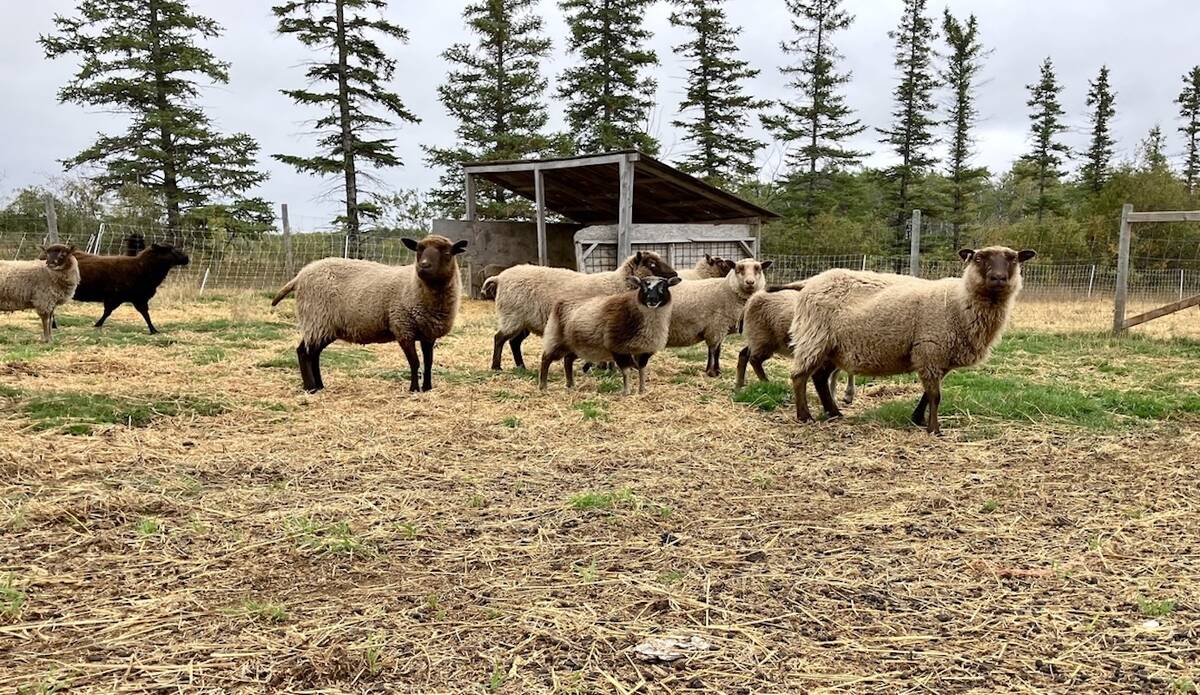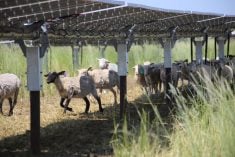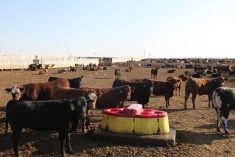You can buy a winter watering system off the shelf, or you can do what Conrad Dolen did and build your own.
“We thought we could do it cheaper if we did it ourselves,” said Dolen, who operates Dolen Land and Cattle with siblings Quinton and Erica near Silver Valley.
“We bought the pump, solar panels, and batteries but we were able to reuse some axles off an old cultivator to get some wheels.”
The waterer includes a 5×7-foot steel frame, and a two-foot-deep trough with a float and valve system to control water flow. Both this and his commercial system are designed to water cattle herds of over 200 head.
Read Also

Mosquito-borne virus could be devastating to sheep breeding operations
Cache Valley virus, a mosquito-borne disease that infects small ruminants, could be a devastating hit to small operations.
“We put the float inside a pipe, ran it up and down the edge of the trough, and routed the float into the pipe,” he said. “There’s a bit of room on the bottom for the water to move in and out so the cattle can’t interfere with the float. Also, if it’s windy the waves won’t start making the pump cut in and out unnecessarily.”
The system ices up occasionally, but Dolen hopes to address this by putting some mineral oil into the pipe — an idea he got from a commercial watering system he saw at a local retailer.
“The oil should just ride on top of the water so the float doesn’t freeze up,” he said.
Finding the appropriate power for the pump has been a process of experimentation. His homemade waterer features a 12-volt pump with three 125-watt solar panels. However, he also owns a commercial system powered by a 24-volt pump and one 250-watt solar panel.
“The 12-volt system doesn’t seem to pump the water as well,” he said.
The limited number of daylight hours in winter presents a challenge for solar systems.
“By December when we start getting some cloudy days, we’ll have to start charging batteries and changing batteries out,” he said.
Dolen is waiting to see how both systems perform in winter.
“We are curious to see if the 24-volt system will do better than the 12-volt system. I know with the 12 volt there’s about a 40-day section in the winter where getting enough daylight is hard.”















